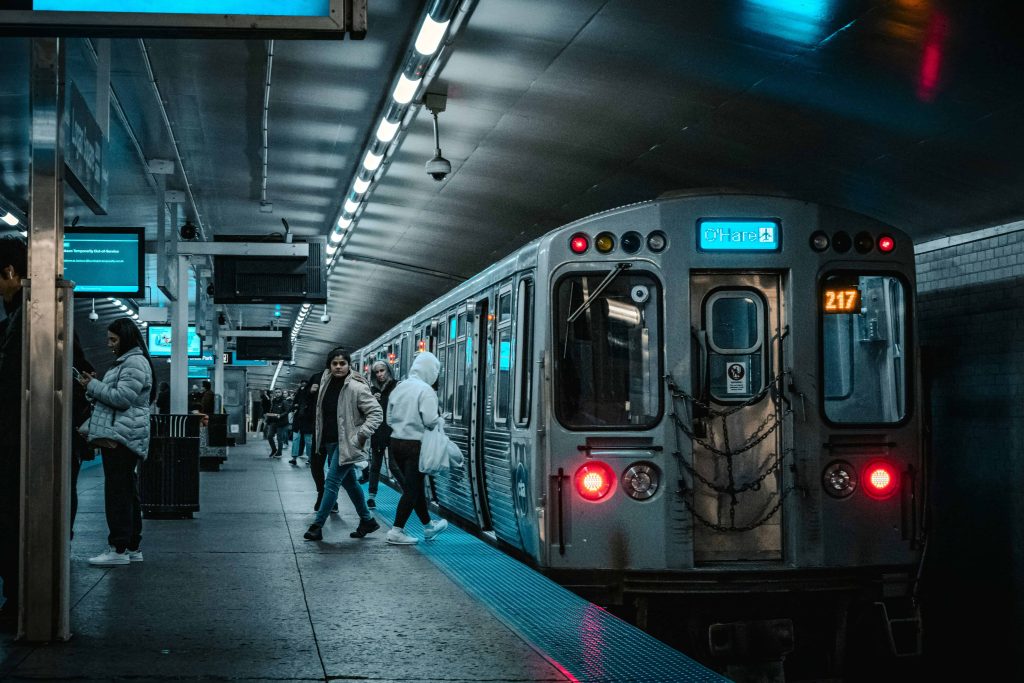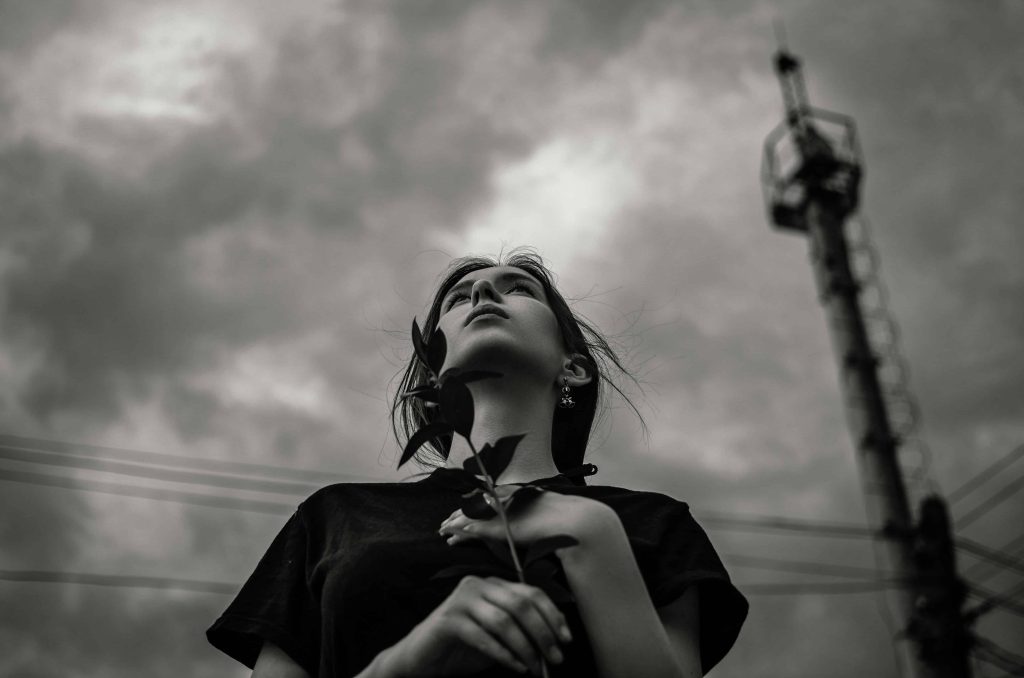The Art of Dramatic Poetry: Exploring Its Power in 2024

The Art of Dramatic Poetry
Dramatic poetry is a unique and compelling form of poetry that integrates the principles of drama with poetic expression. Unlike traditional poetry that often focuses on lyrical beauty or reflective themes, dramatic poetry emphasizes dialogue, monologues, and dynamic interactions among characters. This genre is designed to capture the essence of dramatic moments and conflicts, offering readers an immersive experience into the human condition.
The significance of dramatic poetry lies in its ability to portray complex emotional and psychological states. By presenting intense and often conflicting situations, dramatic poetry allows readers to explore profound aspects of human nature, such as passion, despair, and moral dilemmas. The dramatic moments captured in this form of poetry not only entertain but also provoke deep reflection on personal and societal issues.

Techniques Used in Dramatic Poetry
Dialogue
Dialogue is a cornerstone of dramatic poetry, serving multiple functions. It not only reveals the personalities and relationships of characters but also propels the narrative forward. Through dialogue, poets can introduce conflict, develop themes, and create tension, all while maintaining the flow of the story.
Examples of Effective Dialogue:
- In William Shakespeare’s Othello, the dialogue between Othello and Iago is pivotal. Iago’s manipulation through dialogue exposes Othello’s insecurities and drives the tragic arc of the play. Iago’s cunning and deceit are unveiled through their exchanges, highlighting the play’s themes of jealousy and betrayal.
- T.S. Eliot’s The Love Song of J. Alfred Prufrock employs a conversational tone that mirrors the internal dialogue of the protagonist. The fragmented and introspective dialogue reveals Prufrock’s existential angst and social anxiety, creating a vivid portrait of his character.
Monologue
Monologues are integral to dramatic poetry as they provide a platform for characters to express their innermost thoughts and feelings. This technique allows poets to delve deeply into the psychological and emotional landscape of their characters, often revealing motivations and internal conflicts that might not be apparent through dialogue alone.
Notable Monologues in Dramatic Poetry:
- Shakespeare’s Hamlet features the iconic soliloquy “To be or not to be,” which is a profound reflection on existence, mortality, and the human condition. Hamlet’s monologue explores his internal struggle with the idea of life and death, providing insight into his philosophical and emotional turmoil.
- In Robert Browning’s My Last Duchess, the Duke’s monologue unveils his character through his recounting of past events. His reflective speech about his deceased wife exposes his possessive and controlling nature, subtly revealing his darker traits and the motives behind his actions.
Imagery
Imagery in dramatic poetry creates vivid and sensory-rich experiences that immerse readers in the poem’s world. By using detailed and descriptive language, poets evoke the sights, sounds, and emotions associated with the scene, making the experience more tangible and impactful.
Examples of Powerful Imagery:
- In John Milton’s Paradise Lost, the lush and detailed depiction of the Garden of Eden provides a vivid backdrop for the epic story. Milton’s use of imagery enhances the grandeur of the setting and underscores the gravity of the fall from grace.
- Anne Sexton’s Her Kind utilizes striking imagery to convey the speaker’s sense of alienation and struggle. Sexton’s descriptive language paints a picture of the speaker’s isolation and societal rejection, emphasizing her internal conflict and resilience.
Symbolism
Symbolism in dramatic poetry adds depth and layers of meaning to the text. By using symbols, poets can represent abstract concepts and themes, enriching the reader’s understanding of the narrative and its underlying messages.
Common Symbols in Dramatic Poetry:
- In William Blake’s The Marriage of Heaven and Hell, symbols such as “heaven” and “hell” represent contrasting aspects of human experience and spiritual beliefs. Blake’s use of these symbols explores themes of duality and the nature of human existence.
- In Sophocles’ Oedipus Rex, the crossroads where Oedipus encounters his fate symbolize the choices and consequences that shape his destiny. This symbol serves as a metaphor for the pivotal moments in Oedipus’s journey and the inescapable nature of fate.
Rhythm and Meter
Rhythm and meter play a crucial role in dramatic poetry, influencing the pace and emotional intensity of the work. By employing various rhythmic patterns and metrical structures, poets can enhance the dramatic effect and underscore the emotional states of characters.
Examples of Different Rhythmic Patterns:
- Shakespeare’s use of iambic pentameter in his plays, such as Macbeth, provides a rhythmic structure that supports the natural flow of speech while adding a formal quality. This meter helps to convey the gravity and tension of the dialogue.
- In Elizabeth Barrett Browning’s Aurora Leigh, the use of blank verse allows for a more conversational and fluid style while maintaining a rhythmic quality. This flexibility in rhythm supports the narrative’s emotional depth and complexity.
Sound Devices
Sound devices in dramatic poetry, including alliteration, assonance, and onomatopoeia, enhance the auditory experience and contribute to the poem’s emotional impact. These devices create musicality, emphasize key phrases, and evoke specific emotions through the use of sound.
Examples of Effective Sound Devices:
- Edgar Allan Poe’s The Raven makes use of repetition and rhyme to create a haunting and melodic effect. The poem’s rhythmic and sound patterns enhance its eerie atmosphere and the narrator’s growing sense of despair.
- W.B. Yeats’ The Second Coming employs harsh consonant sounds and dissonant rhythms to reflect the chaos and upheaval described in the poem. The sound devices reinforce the sense of impending disaster and the fragmentation of the world.

The Emotional Resonance of Dramatic Poetry
Dramatic poetry excels in evoking powerful emotions by immersing readers in the experiences and struggles of its characters. Through its exploration of universal themes such as love, conflict, and existential angst, dramatic poetry resonates with audiences across different cultures and historical periods.
The emotional depth and intensity of dramatic poetry allow readers to engage with the text on a personal level. By addressing fundamental human experiences and presenting them with vivid detail and dramatic flair, this form of poetry fosters empathy and understanding, bridging gaps between individuals and cultures.

Conclusion
Dramatic poetry stands out for its innovative techniques and its ability to evoke profound emotional responses. By employing dialogue, monologues, imagery, symbolism, rhythm, and sound devices, poets create works that capture the essence of dramatic moments and the complexities of human emotion. The enduring value of dramatic poetry lies in its capacity to connect with readers on a deep emotional level and its continued relevance in exploring the drama of human existence. Readers are encouraged to delve into dramatic poetry, appreciating its rich tradition and its impact on the understanding of the human experience.
